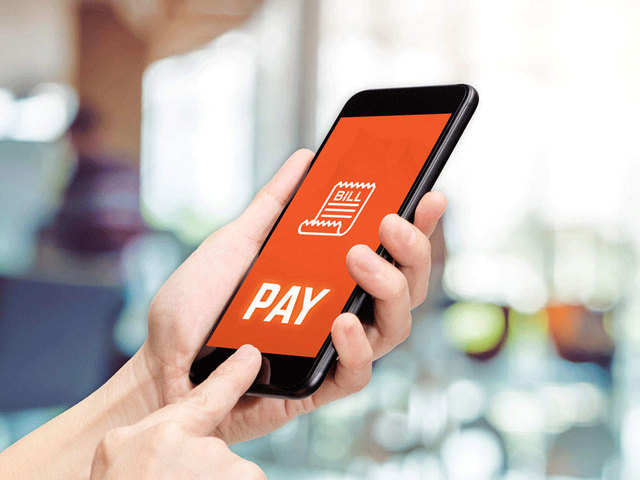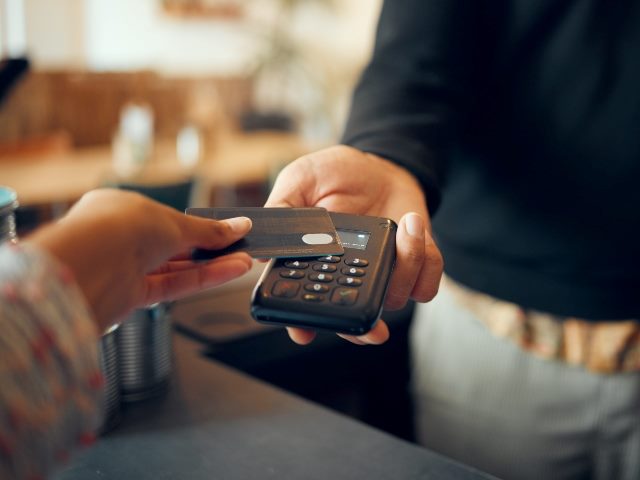The Future of Payments

In the digital age, where technology has permeated every aspect of our lives, it is no surprise that the realm of payments is undergoing a rapid transformation. The future of payments holds great promise as emerging technologies and evolving consumer demands pave the way for innovative and seamless financial transactions. This article explores the trends and developments that are shaping the future of payments and their potential impact on businesses and consumers.
- Rise of Mobile Payments
Mobile payments have gained tremendous popularity in recent years, and their growth shows no signs of slowing down. With the ubiquity of smartphones, consumers are increasingly turning to mobile payment solutions for their convenience and security. Payment apps like Apple Pay, Google Pay, and Samsung Pay allow users to make quick and secure transactions using their smartphones or wearable devices. These apps leverage near-field communication (NFC) technology, enabling contactless payments at physical point-of-sale terminals.
The future of mobile payments holds even greater potential as technologies such as biometrics, including facial recognition and fingerprint scanning, become more widespread. These advancements offer enhanced security and authentication, further bolstering consumer confidence in mobile payment methods.
- Cryptocurrencies and Blockchain Technology
Cryptocurrencies, such as Bitcoin and Ethereum, have gained considerable attention in recent years. The decentralized nature of cryptocurrencies, powered by blockchain technology, has the potential to revolutionize the payments landscape. Blockchain provides a secure and transparent system for recording and verifying transactions, eliminating the need for intermediaries like banks. This can significantly reduce transaction costs and processing times, particularly for cross-border payments.
Furthermore, central banks worldwide are exploring the concept of central bank digital currencies (CBDCs). CBDCs are digital representations of a country’s fiat currency and are backed by the government. These digital currencies can enhance financial inclusion, streamline payments, and provide greater monetary policy control.
- Internet of Things (IoT) and Connected Devices
The Internet of Things (IoT) refers to the network of interconnected devices that can exchange data and communicate with one another. IoT technology has the potential to revolutionize payments by enabling seamless and automated transactions. Imagine a refrigerator automatically ordering groceries when supplies run low or a smart car paying for tolls and parking without any human intervention.
Connected devices, equipped with sensors and payment capabilities, can create a frictionless payment experience. However, ensuring the security and privacy of IoT devices will be crucial to prevent potential vulnerabilities and fraud.

- Contactless and Biometric Payments
Contactless payments, already popular in many countries, are set to become the norm in the future. Near-field communication (NFC) technology allows users to make payments by simply tapping their cards or smartphones against payment terminals. This contactless method offers speed and convenience, reducing transaction times and eliminating the need for physical contact.
Biometric payments, such as facial recognition and fingerprint scanning, are gaining traction as a secure and convenient alternative to traditional authentication methods. Biometric data provides a unique identifier for each individual, making transactions more secure and reducing the reliance on passwords or PINs. Feel free to check out their web page to learn about their expertise.
Conclusion
The future of payments holds tremendous potential for transforming the way we transact, bringing convenience, security, and efficiency to businesses and consumers alike. Mobile payments, cryptocurrencies, IoT, contactless payments, and biometrics are all set to shape the future landscape of payments. As these technologies continue to evolve and mature, businesses must adapt to stay ahead of the curve and meet the changing expectations of consumers. Embracing innovation and leveraging these advancements will pave the way for a seamless, interconnected, and secure payment ecosystem in the years to come.



